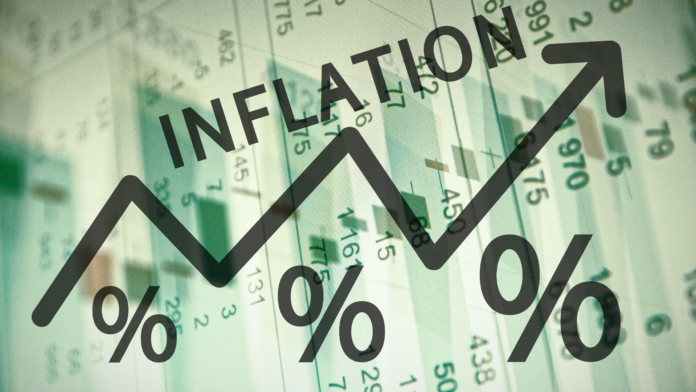Canada’s annual inflation fell to 2.9%, largely due to a reduction in fuel prices, according to Statistics Canada data.
This marks the first occurrence since June of the previous year that the annual rise in consumer prices has dipped below 3%. These numbers bring inflation ever closer to the Bank of Canada’s target level of 2%.
Economists had expected the inflation rate to be 3.3%
Fuel prices fell by 4% year-on-year in January, reversing their contribution to headline inflation in December 2023, due to what analysts term ‘base year effect’, which is basically the impact of comparing prices in a specific month to the same month last year.
The Consumer Price Index (CPI) remained flat at 0% after a 0.3% decrease in December 2023. The market consensus estimated an increase in the month of 0.4%.
Meanwhile, core inflation, which excludes gasoline and other volatile items, stood at 3.2%.
However, mortgage interest costs continue to be the main factor in generating inflation in the country, with a year-on-year rate of 27.4%, while rental prices increased to 7.9%.
This week, Douglas Porter, chief economist of the Bank of Montreal, announced that this is a more moderate indicator than expected, mainly due to the surprise in the series of information regarding inflation in the United States the previous week.
It is important to note that the month of January can set the necessary tone for inflation, as companies often take this opportunity to adjust prices for the year in this specific month, and there was little sign of a large increase in January this year, Porter added.
The Bank of Canada is likely to remain cautious in setting the benchmark interest rate as wage growth and the cost of essential services remain flat and core inflation is still above 3%, Porter said.
Mortgage interest costs continue to be the main driver of inflation.
Food price increases slow down
Although food continues to be more expensive, prices increased at a much slower pace during January, Statistics Canada said.
Dairy products, baked goods, meat prices and fruit were among the household basket items that served to lower the food inflation rate to 3.4%.
Products such as shrimp and prawns also showed price declines compared to January of the previous year.
The Bank of Canada estimates that inflation will be sustained at around 3% in the first half of 2024, before dropping to 2.5% by the end of the year.
Since March 2022, the Bank of Canada has raised interest rates 10 times, bringing them to the current level of 5%, but has not moved the rate in its last four announcements. Its next rate decision is scheduled for March 6, a key moment for assessing the Bank of Canada’s response to the Fed minutes released today and their broader impact on markets, including currencies and equities.
Next month we will know what the Canadian government’s monetary policy will be in the face of inflation and the possible rise in market assets.



